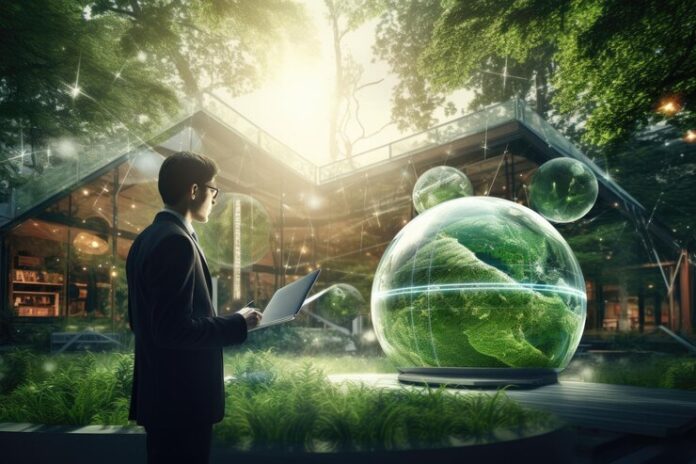In a world grappling with climate change, pollution, and resource scarcity, the idea of a circular economy is emerging as a beacon of hope. Unlike the traditional “take-make-dispose” linear economy, the circular economy aims to keep resources in use for as long as possible, extracting maximum value from them before recovering and regenerating products and materials. This approach not only promises environmental benefits but also presents a viable economic model for the future.
The circular economy concept is simple but transformative. Imagine a world where your old phone, instead of ending up in a landfill, is refurbished and resold. Or where the plastic bottle you discard is broken down and used to create a new one, again and again. This is the essence of the circular economy: reducing waste, reusing materials, and recycling products in a closed-loop system.
One of the driving forces behind the circular economy is the urgent need to address environmental challenges. Climate change, deforestation, and ocean pollution are just a few of the issues pushing governments, businesses, and individuals to rethink our current consumption patterns. The linear economy, which relies heavily on finite resources, is simply not sustainable. Transitioning to a circular economy could drastically reduce greenhouse gas emissions, decrease waste, and conserve natural resources.
The economic benefits are equally compelling. According to the Ellen MacArthur Foundation, a leading advocate for the circular economy, this model could generate up to $4.5 trillion in global economic growth by 2030. Companies that adopt circular practices can save on material costs, create new revenue streams, and gain a competitive advantage by meeting the growing consumer demand for sustainable products.
Real-world examples of the circular economy in action are already making waves. In the fashion industry, brands like Patagonia and H&M are embracing circular principles by offering clothing recycling programs and creating garments from recycled materials. In the tech sector, companies like Apple are designing products with longevity in mind, making it easier to repair and upgrade devices rather than replacing them entirely. The automotive industry is also jumping on board, with manufacturers such as Renault focusing on vehicle recycling and using more sustainable materials.
However, the shift to a circular economy is not without its challenges. It requires a fundamental change in how businesses operate and how consumers think about products. Companies need to design products for longevity, reusability, and recyclability from the outset. Governments can play a crucial role by implementing policies that support circular practices, such as tax incentives for sustainable businesses and regulations that discourage waste.
Consumers, too, have a part to play. By choosing products designed with the circular economy in mind and supporting companies that prioritize sustainability, individuals can drive demand for more circular solutions. Education and awareness are key to changing consumer behavior and promoting a culture of sustainability.
In conclusion, the circular economy offers a promising path towards a sustainable future. By reimagining our production and consumption patterns, we can address some of the most pressing environmental issues of our time while fostering economic growth. As more businesses, governments, and individuals embrace this model, the vision of a circular economy could become a reality, paving the way for a greener and more resilient world.




